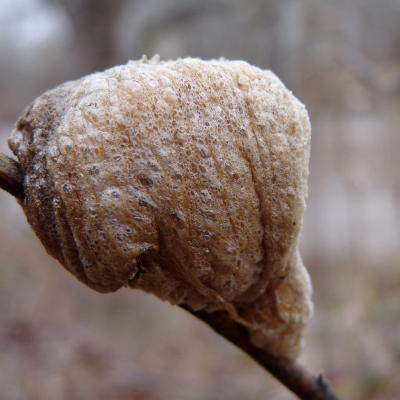 Spring, at last. In many ways, we were robbed of the joy of spring last year. Just as the crocus began to bloom, so did Covid. We were emerging from winter, and as we stretched in the sunlight, we were quarantined. Last year at this time, I chose to sort through the filing cabinets, a project I never finished because of the discoveries found within my 20+-year-old files. Unfinished research, books in progress, unsorted photos. I should have been outside, trimming the forsythia, quince, and honeysuckle.
Spring, at last. In many ways, we were robbed of the joy of spring last year. Just as the crocus began to bloom, so did Covid. We were emerging from winter, and as we stretched in the sunlight, we were quarantined. Last year at this time, I chose to sort through the filing cabinets, a project I never finished because of the discoveries found within my 20+-year-old files. Unfinished research, books in progress, unsorted photos. I should have been outside, trimming the forsythia, quince, and honeysuckle.
Last week, spring called me out. I walked the yard picking up sticks and twigs, clipping the remnants of last yearâs flora, a task I didnât do last fall. I turned to assess our eldest forsythia, which had gone completely feral and wild, with fronds woven into the porch floorboards and branches reaching ten feet above my head. Other branches had bent to the ground and taken root. Oy. I donât normally âshapeâ my forsythia or quince, but I do like to keep them contained. If you donât â well, they go wild.
I took my nervous energy into the house, changed to a lighter jacket, and grabbed the nippers. With wanton abandonment, I went into battle. I started low in the forsythia, cutting all the lower branches wanting to spread and take root. Then I broke off all the old branches still standing around the main root space (the bush is 20+ years old). Then I cut all the lower long branches that were sneaking towards the porch or tempting to poke an eye out of unsuspecting passersby. With all that finished, I could get in under the bush and look up into the budding branches high above me.
âOh, crap.â
I counted eleven praying mantis egg sacks (called âoothecaâ for one, âoothecaeâ for more than one) here and there on the branches overhead. I spent the next 20 minutes searching the clipped branches tangled around my feet to see if I had already cut some down. And that was the end of the trimming of the old forsythia. I found another ootheca on the fencing around the herb garden, and two more on the flowering quince, so no trimming her either. I began whacking the honeysuckle and accidentally knocked an ootheca to the ground. I picked it up and put it in my jacket pocket. (Note to self: Donât forget to take that back outside.)

The oothecae (see above) here on the farm are part of an experiment I started about seven years ago when I read that praying mantis eat stinkbugs. The brown marmorated stinkbugs were a blight on our garden, killing melon vines by laying their eggs around their roots and ruining my tomatoes by injecting yeast into them when they ate. In this environment, these invasive creatures can have three to five generations in a single summer. The stinkers began visiting our house, exerting their nasty smell any time they were disturbed.
I bought eight oothecae on eBay and placed them strategically around the garden. The following summer, the stinkbugs only produced one generation, still killing the melon vines, but saving the tomatoes. After that, I began tuning my eyes for ootheca every spring and fall. If possible, I gather them from the fields and move them into the gardens. âYes, my children,â I whisper to them. âCome close and eat.â
We still have the blasted stink bugs, but nowhere near the populations we had eight years ago. I gave up planting melons and squash, which may have helped, but I do believe the increase in the praying mantis population has contributed to the decrease of the stink bugs. And with so many oothecae already around the house and yard this year? I have high hopes.
One female praying mantis can lay up to six oothecae a summer after mating only once. Each will hold up to 400 young, but only about one-fifth of the nymphs will survive to adulthood. Watching an ootheca hatch is simultaneously awesome and horrifying, like the time I saw a wolf spider motherâs body covered in hundreds of tiny young. Itâs cool to witness, but also creepy. You watch, amazed, but at the same time, makes your skin crawl.
I havenât yet taken my spring walk around the fields. This is something I have always done with our beagle Daisy, and I am still mourning her passing. Dandelion our cat will walk with me, yet it just isnât the same. But spring keeps calling me outside, and now I am curious to see how many more oothecae I can collect and bring closer. I am building an army against stink bugs, and perhaps, this year, we will win.
You can subscribe to Lisaâs seasonal newsletter at tinyurl.com/two-2020 or visit her at Lhayesminney.net |



